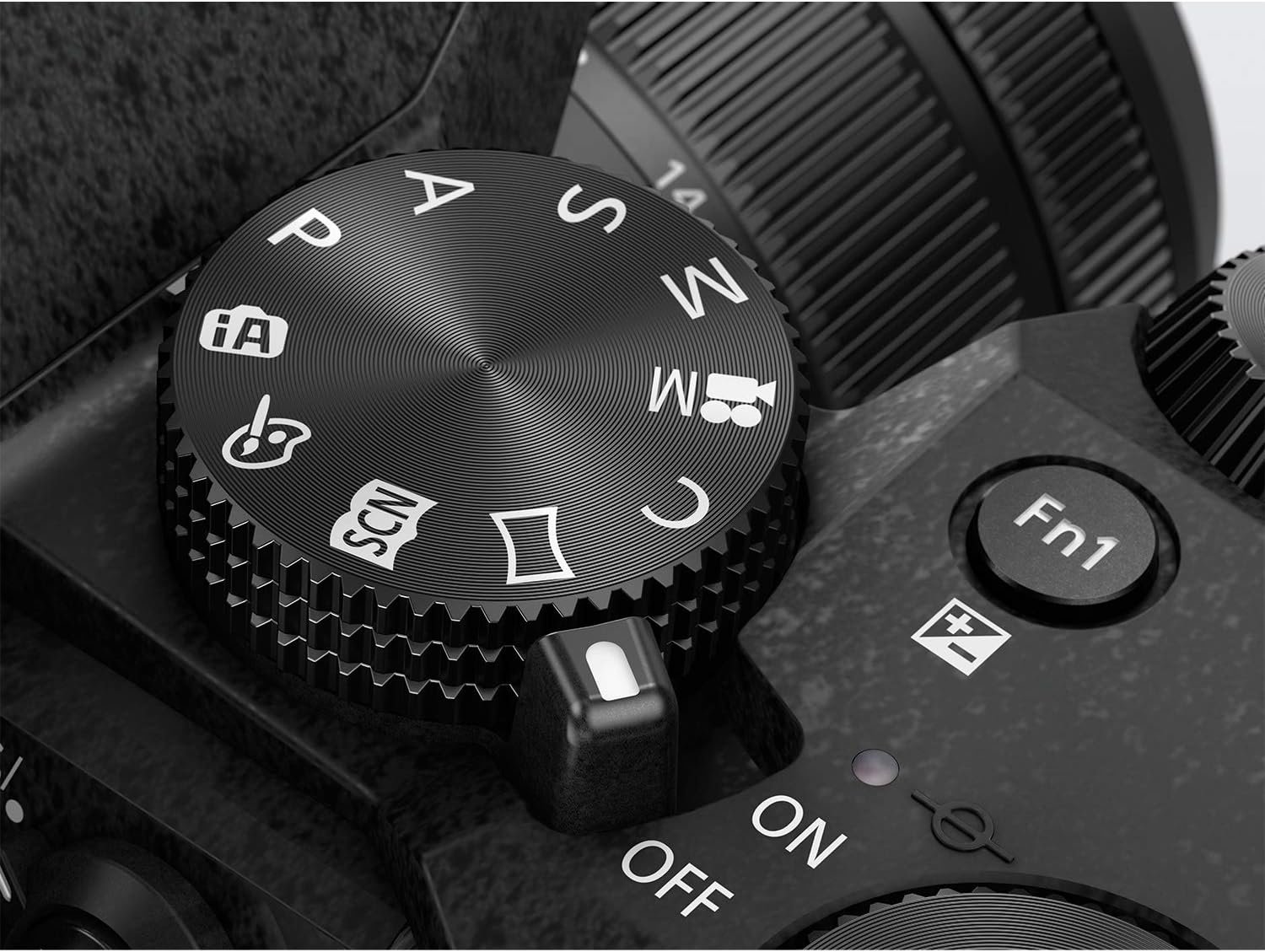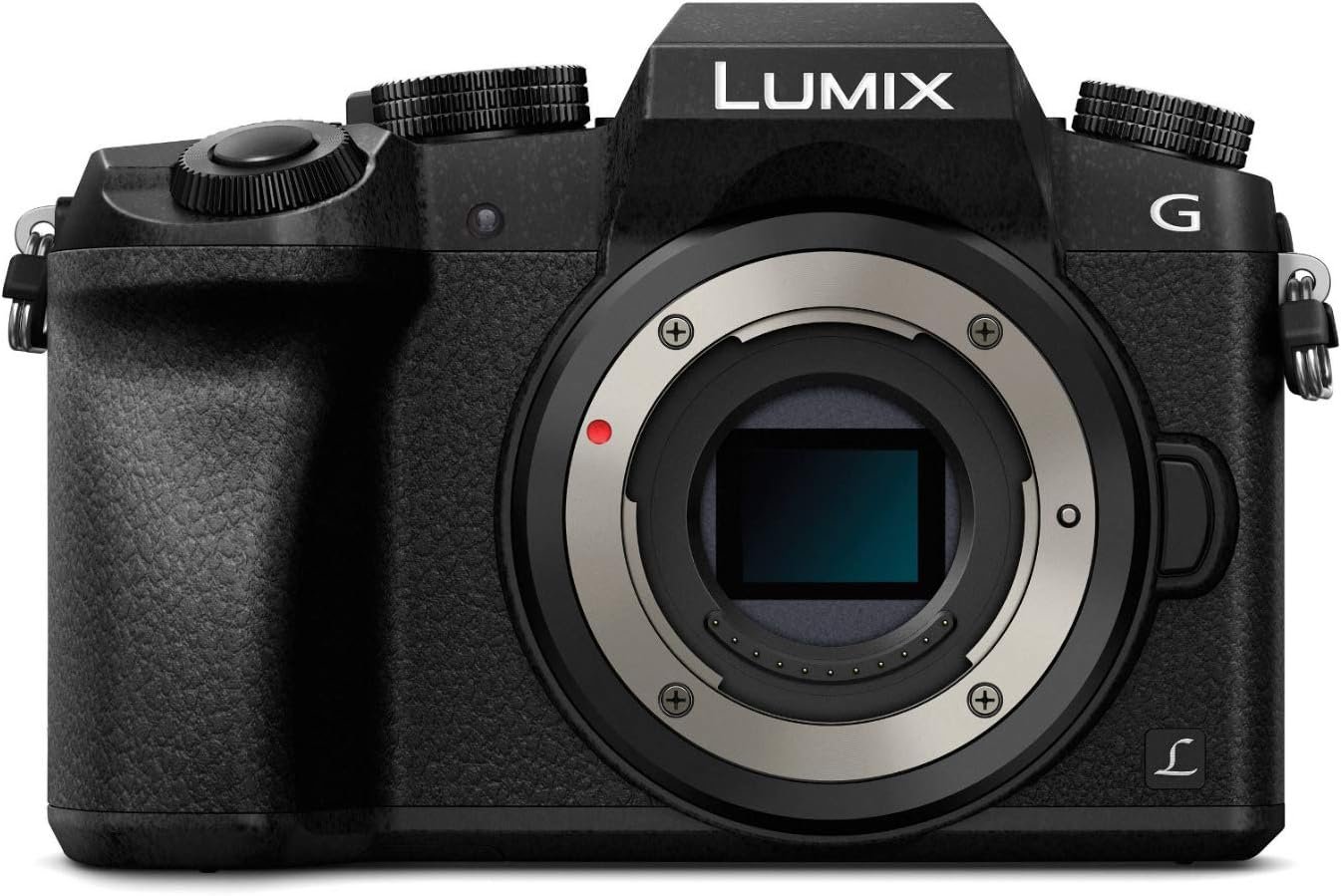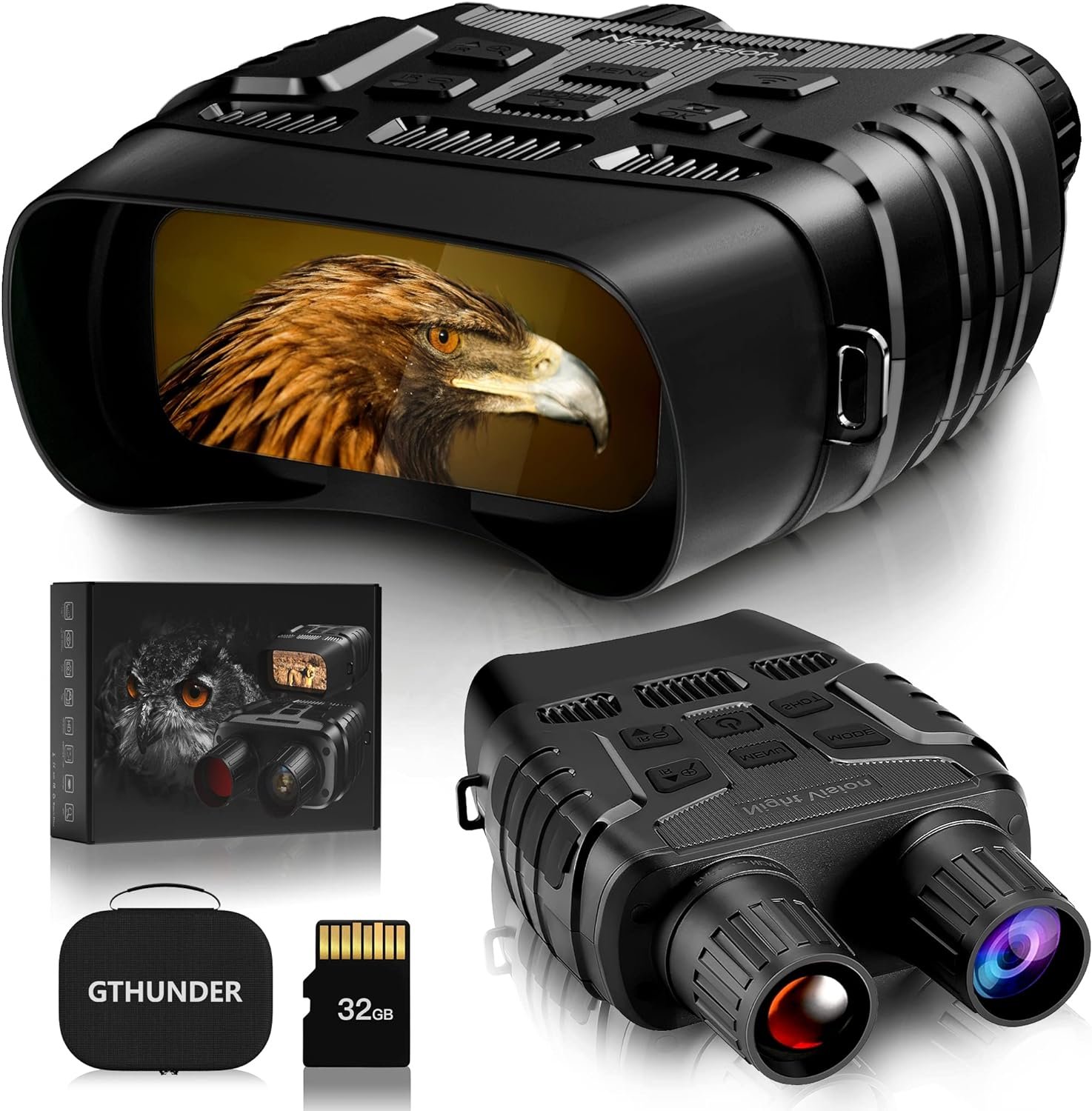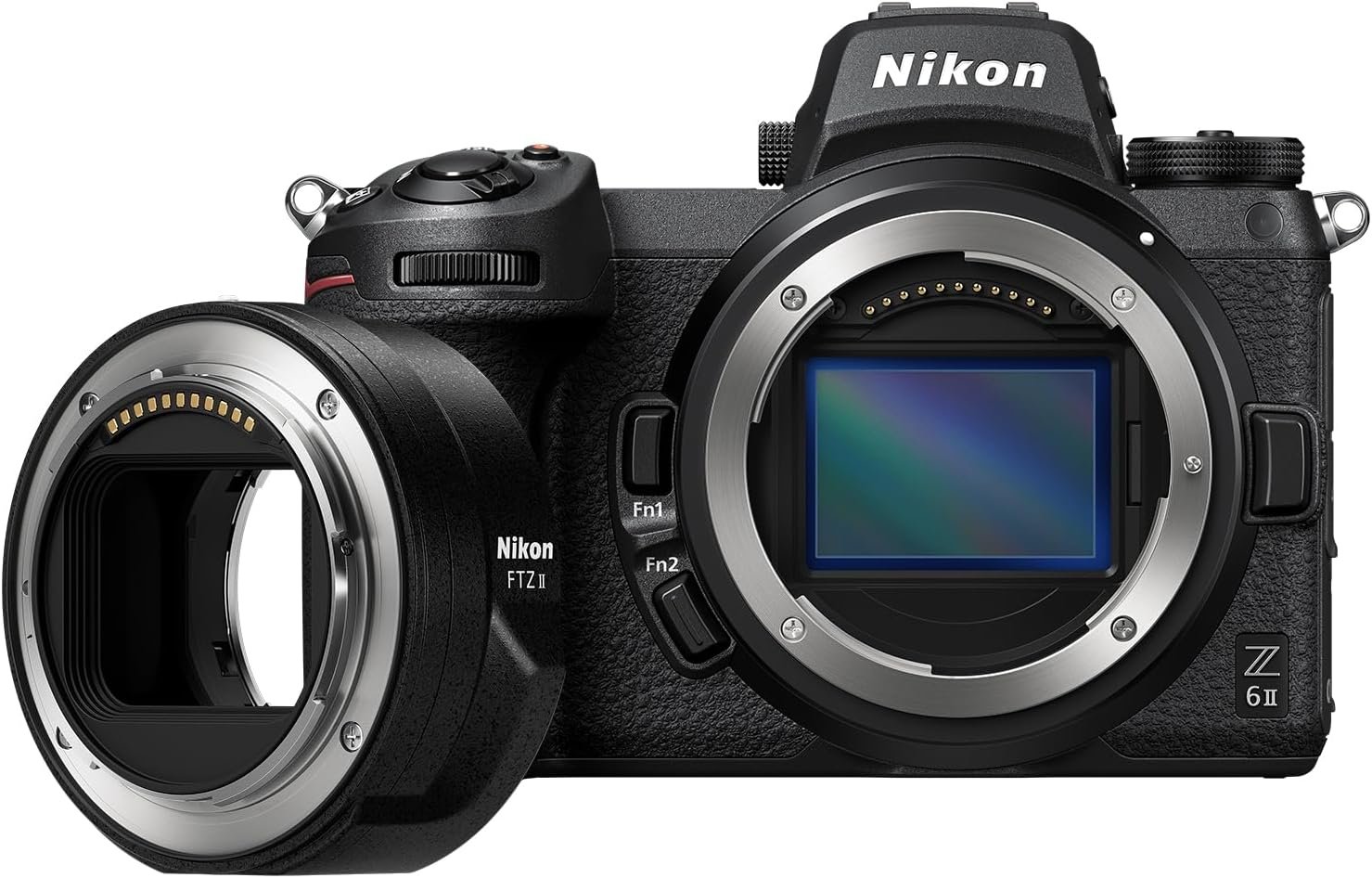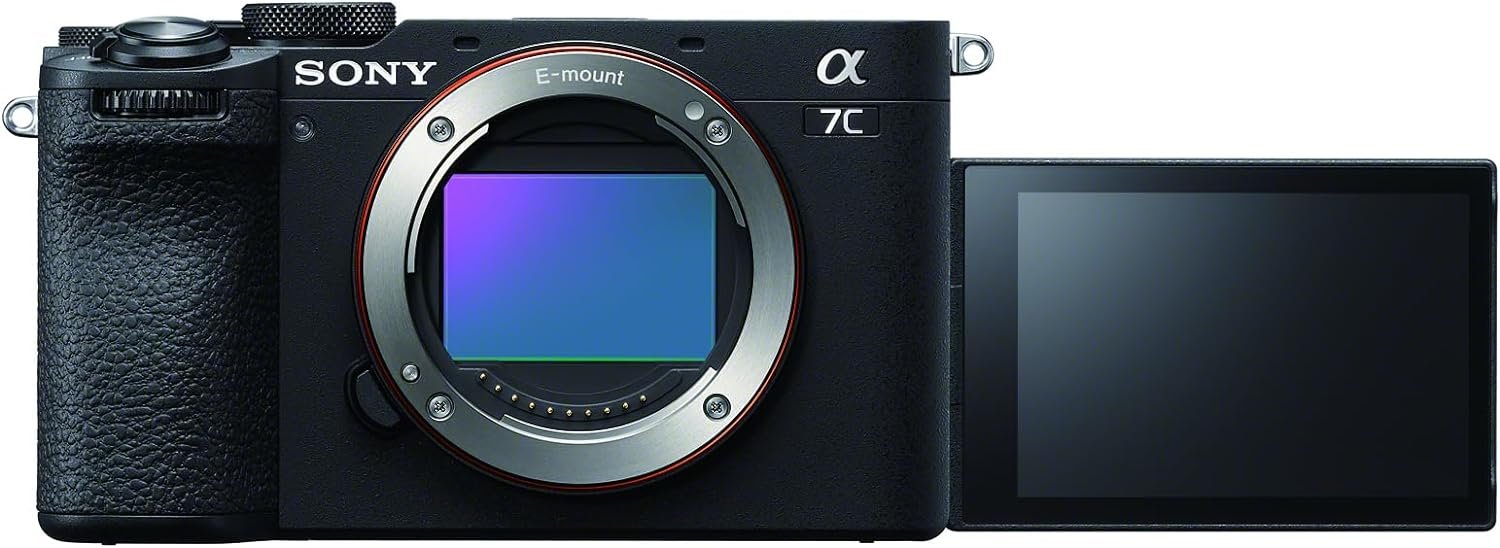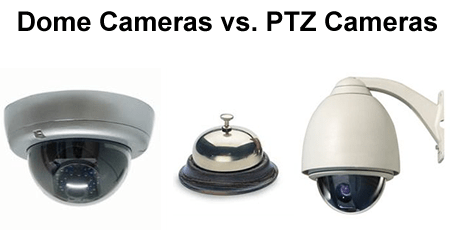In this article, you will learn about the key differences between indoor and outdoor security cameras to help you choose the right option for your home or business. Indoor cameras are typically designed for monitoring indoor spaces such as living rooms or offices, while outdoor cameras are built to withstand various weather conditions and provide surveillance for outdoor areas like driveways or backyards. Understanding these distinctions will ensure that you select the best security camera to meet your specific needs and keep your property safe. What Is The Difference Between Indoor And Outdoor Security Cameras?
Understanding the Basics of Indoor and Outdoor Security Cameras
Are you in the market for a security camera system but feeling overwhelmed by the plethora of choices available? One key decision you’ll need to make is whether to go with indoor or outdoor security cameras. In this article, we’ll break down the key differences between the two to help you make an informed decision.
Features of Indoor Security Cameras
Let’s start by looking at indoor security cameras. These cameras are designed to be used inside your home or business premises. They are not built to withstand the elements, such as rain, snow, or extreme temperatures. Indoor security cameras typically come with the following features:
- Compact Size: Indoor security cameras are often smaller and more discreet than their outdoor counterparts, making them ideal for placement in areas where aesthetics are important.
- Wide Viewing Angles: Most indoor cameras offer a wide viewing angle to capture more of the room they are placed in.
- Two-Way Audio: Some indoor cameras come equipped with two-way audio, allowing you to communicate with people in the room through the camera.
- Motion Detection: Many indoor cameras have motion detection capabilities, sending alerts to your phone when movement is detected.

This image is property of images.unsplash.com.
Advantages of Indoor Security Cameras
Indoor security cameras offer several advantages, such as:
- Ease of Installation: Indoor cameras are typically easier to install as they do not require weatherproofing or outdoor mounting considerations.
- Privacy: Since indoor cameras are not exposed to the outside world, they are better suited for areas where privacy is a concern.
- Enhanced Monitoring: Placing indoor cameras strategically throughout your home can provide comprehensive monitoring of interior spaces.
Limitations of Indoor Security Cameras
However, indoor security cameras also have some limitations, including:
- Limited Weather Resistance: Indoor cameras are not designed to withstand harsh weather conditions, so they are not suitable for outdoor use.
- Presence of Blind Spots: Depending on the layout of your home, indoor cameras may have blind spots that outdoor cameras could cover better.

This image is property of images.unsplash.com.
Features of Outdoor Security Cameras
Now, let’s take a look at outdoor security cameras. These cameras are built to withstand the elements and are specially designed for outdoor use. Outdoor security cameras come with a range of features tailored to outdoor surveillance needs, including:
- Weatherproof Design: Outdoor cameras are built to withstand rain, snow, heat, and cold, making them ideal for outdoor use.
- Night Vision: Many outdoor cameras come equipped with night vision capabilities to capture clear footage in low-light conditions.
- Wide Operating Temperature Range: Outdoor cameras can operate in a wide temperature range, making them suitable for extreme weather conditions.
Advantages of Outdoor Security Cameras
Outdoor security cameras offer several advantages, such as:
- Enhanced Security: Outdoor cameras provide an added layer of security by monitoring the exterior of your property, deterring intruders.
- Improved Coverage: Outdoor cameras offer broader coverage of your property, reducing blind spots and providing a comprehensive view of the surroundings.
- Remote Monitoring: With outdoor cameras, you can monitor your property remotely, keeping an eye on your home even when you’re away.

This image is property of images.unsplash.com.
Limitations of Outdoor Security Cameras
However, outdoor security cameras also have some limitations, including:
- Complex Installation: Outdoor cameras may require more complex installation due to weatherproofing and mounting considerations.
- Privacy Concerns: Outdoor cameras may capture footage of public spaces or neighboring properties, raising privacy concerns.
Key Differences Between Indoor and Outdoor Security Cameras
Now that we’ve explored the features, advantages, and limitations of indoor and outdoor security cameras, let’s summarize the key differences between the two:
| Feature | Indoor Security Cameras | Outdoor Security Cameras |
|---|---|---|
| Weatherproof Design | Not weatherproof | Weatherproof |
| Location | Indoor use only | Outdoor use |
| Night Vision | Some models may have night vision | Most models have night vision |
| Installation | Easier to install | May require more complex installation |
| Operating Temperature | Limited temperature range | Wide temperature range |
Choosing the Right Security Camera System for Your Needs
When selecting a security camera system for your home or business, consider the specific needs of your property to determine whether indoor or outdoor cameras are the right choice. Here are a few factors to keep in mind:
- Property Layout: Assess the layout of your property to determine where surveillance cameras would be most effective.
- Weather Conditions: Consider the weather conditions in your area to determine if outdoor cameras are necessary.
- Privacy Concerns: Evaluate privacy concerns and legal restrictions related to surveillance cameras in your area.
By understanding the key differences between indoor and outdoor security cameras and considering your specific needs and circumstances, you can choose a security camera system that provides the protection and peace of mind you are looking for. Happy surveillance!











